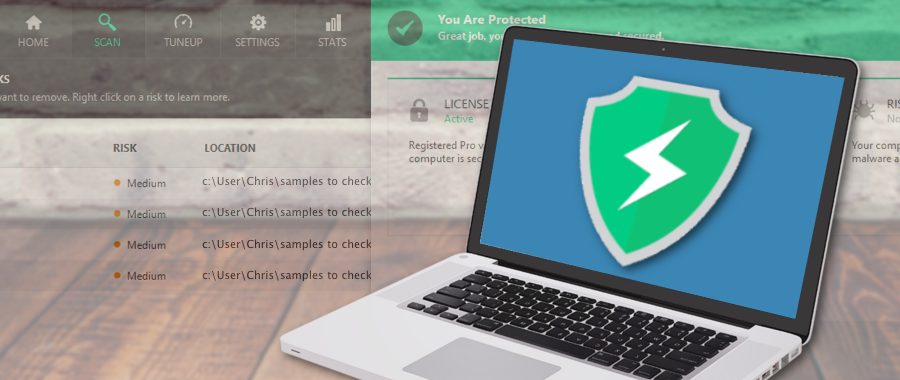ByteFence ditches its shady distribution method and stops changing browser’s settings
If you have been following latest security news on eSolutions blogs, you may have heard about ByteFence. However, most likely you read hundreds of negative reviews and questions asking if this anti-malware can be trusted.
Indeed, a couple of years ago, this security program grabbed cyber community’s attention. Many people reported about sudden system scans which ended up with threatening malware reports. No one remembered about installing ByteFence or asking it to check the system.
The research has shown that developers of the program used software bundling which allowed it to get into the system unnoticed during the installation of freeware and shareware. Soon after silent installation, it started scanning the system and scaring users with the results.
Those who decided to check what is this program, why it offers it cleaning services, and how to uninstall it, were surprised one more time. Once they opened their web browsers, they found an unknown homepage – Search.ByteFence.com.
But it seems that developers of the security program decided to stop these aggressive marketing activities. According to the recent analysis, ByteFence no longer actively is promoted in freeware and shareware bundles. It also does not ask to change homepage/default search engine.
Security program no longer gives false positives in order to make people pay for the license
In the official download website, the program is advertised as:
Ultimate protection against Malware, Spyware and Crapware, for Free
This security software has a free version that can identify crapware and malware infections. However, in order to remove cyber threats, you will need to obtain a license. Developers used to spread free version that displayed false positives on the computers. In this way, people were threatened into buying the license in order to clean their machines.
According to the latest research data, the free version does not deliver false positives anymore. Moreover, after downloading the program, you can enjoy the perks of paid version for two weeks. It’s enough time to check if is worth spending almost $30 for 12 months license key.
We have downloaded ByteFence and give this tool one more chance to prove us that developers finally learned from their past mistakes. After quick and successful installation, the program started scanning the system.
Despite the fact, it was supposed to take only “a few minutes,” we waited for the scan results for almost half an hour. No, our computer is not cluttered! The good news is that during the system scan, computer’s performance hasn’t diminished significantly.
After the scan, the program warned about detected infections. We were quite surprised, but it managed to find two potentially unwanted applications. However, the fact that they were marked as “critical risks” and called “malware” tells that the developers still one to threaten users at least a little.
However, we let ByteFence clean these threats and kept it on the PC for more than two weeks in order to check if the program starts some aggressive activities. We only received a few notifications to upgrade to the paid version: no annoying pop-ups every single hour, no sudden system scans that ends up with detected hazardous viruses.
Reputation improved, but it’s still not the best security software
We are happy that Byte Technologies learned from the mistakes and started working on ByteFence’s reputation. There’s no doubt that it takes time to change user’s and security specialists’ opinion. Meanwhile, it is also important to work on the functionality of the program.
Free version works only as a scanner, but ByteFence Pro offers more features:
- real-time protection from crapware and malware;
- quarantine infected files;
- malware removal;
- scheduled system scans;
- file whitelisting;
- online protection for the browser;
- proxy settings.
However, compared to other security programs, this one does not show the best results. It takes quite a long time to scan the system. Additionally, it may fail to protect machines from ransomware, zero-day malware, rootkits or bootkits. Software does not offer anti-phishing, anti-fraud, anti-theft, webcam or USB protection too.
Indeed, there’s plenty of space to improve. However, we expect to see more positive changes. Maybe we will soon have another great security tool in the market.

